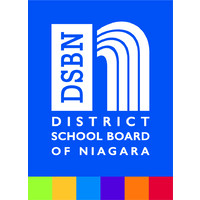
District School Board of Niagara
The DSBN is home to 79 elementary schools and 17secondary schools in the 12 municipalities that make up the Niagara Region. We are proud to serve over 39,000 students each year. The DSBN is governed by a Board of 11 elected trustees. Providing students with a quality public education that empowers them with the knowledge and desire to chase their dreams requires a continuous team effort. It demands that our teachers, principals, support staff, senior administration and trustees maintain an unwavering focus on student learning.






